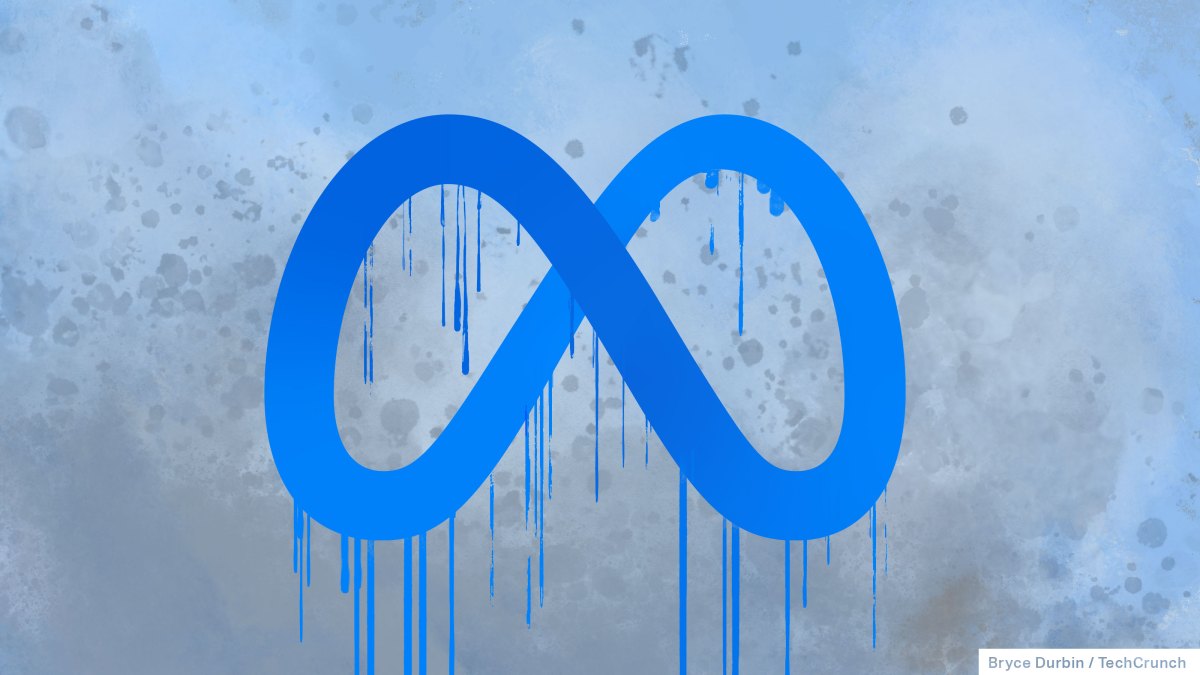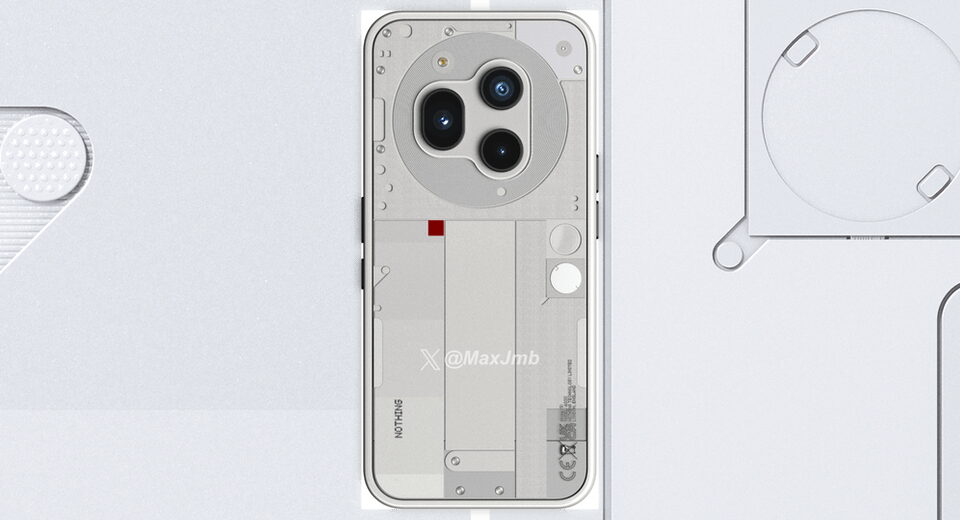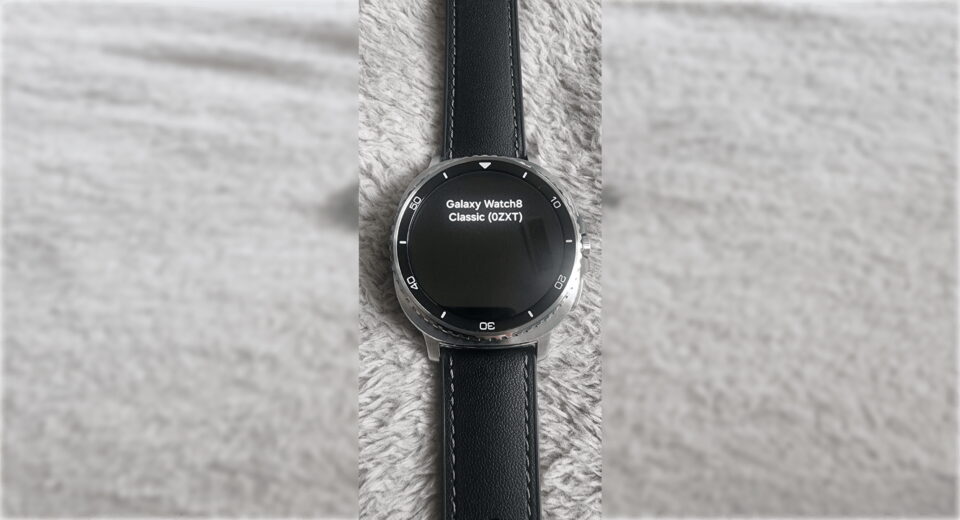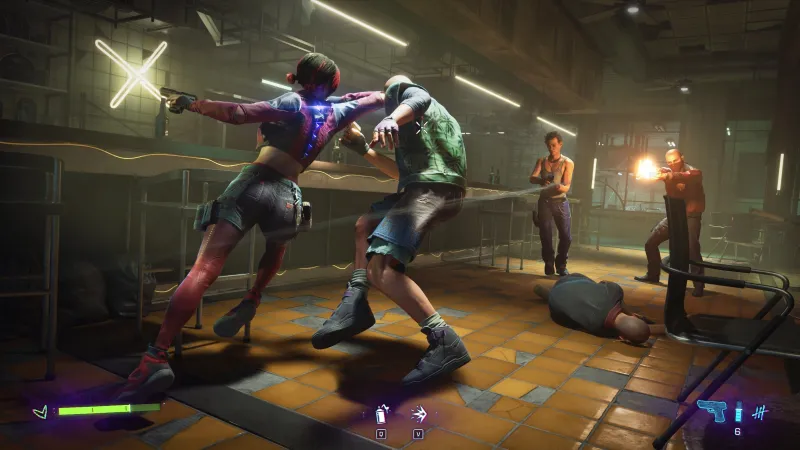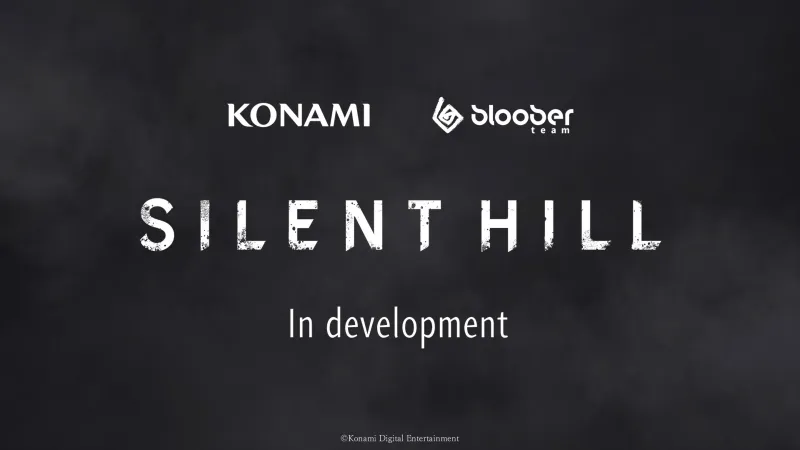A receipt printer cured my procrastination

Why can I focus for hours on a game but procrastinate when writing an email? For over 20 years, I've tried everything to boost my productivity. I've read dozens of books and tested many methods. Nothing made a real difference. But I finally found a solution by understanding what makes video games addictive. And a thermal receipt printer will become the best investment of my life.
My fight against procrastination
I started my business when I was 21 (I'm now 39). I built custom apps and did consulting for accounting software, invoicing systems, and point-of-sale tools.
Procrastination has always been my biggest struggle. The only way I could get things done was by relying on stress, coming from clients or financial pressure. That worked for a while, but it cost me my health (I burned out) and my business (I went bankrupt).
I noticed that I have no problem spending hours fully focused on a video game. If I can focus on a game, then my brain must also be capable of focusing on other tasks. So I naturally started asking myself why it's so easy to get hooked by a game, and how I could apply that same effect to tasks I struggle to complete.
It turns out that many of the struggles I've had throughout my life are linked to ADHD (Attention Deficit Disorder). The goal of this article isn't to focus on ADHD, but it's important to mention. ADHD affects many people, often without them even knowing it, in various ways and at different levels.
Why video games hook us
To understand what makes a video game addictive, let's take first-person shooters (FPS) as an example. FPS games are among the most popular and addictive games.
An FPS is built around a simple loop: Aim → Shoot → Hit or Miss. This is the game loop. The outcome, hit or miss, is immediately shown through sounds or visuals. This immediate reaction is called feedback.
For a game to be addictive, the game loop must repeat frequently and give strong feedback. Imagine an FPS where you only meet an enemy every 30 minutes. That wouldn't be engaging. The loop must repeat quickly to keep you interested.
Feedback in FPS games has improved a lot over time. Early FPS games only showed a simple blood splash when you hit an enemy. Modern games provide much stronger feedback. Now, when you hit an enemy, you might see:
- the crosshair briefly changes to confirm the hit
- damage numbers pop up above the enemy
- sound effects
- enemy death animations
- a progress bar filling up
- a new skill unlocked
- random reward
- and more...
Note that a game can have several game loops. For example, there can be another loop for finding random equipment for your character. Feedback can also come from outside the main loop, such as loot boxes or side missions.
For a game loop to be addictive, other factors matter too. You need to personally enjoy the type of game, and the challenge must match your skill level. If it's too easy or too hard, you won't be hooked. There are dozens of other factors, unique to each player's personality and preferences.
When all these elements come together, each game loop gives you a small dose of dopamine and creates a state of flow. In this state, we're fully focused, we lose track of time, and it's easier to handle complex tasks.
One final point: Video games are easy to start. They require very little motivation or discipline to start playing.
Key Takeaways:
- The game loop should repeat often.
- Feedback from the loop should be strong.
- Games are easy to start, even with low motivation.
How to apply the feedback loop to our tasks
Based on what we've just seen, our real-life game loop is made up of completing tasks and habits throughout the day.
Our first goal is to repeat this game loop as many times as possible each day. A simple solution is breaking tasks into smaller parts. Let's take an example everyone can relate to: cleaning the house. At first glance, you might break down "Clean the house" like this:
- Clean the house
- Clean the kitchen
- Clean the office
- Clean the bedroom
- ...
If these three tasks take about an hour, that's only three game loops. Another problem is starting a task. Cleaning your bedroom might take 20 minutes, which feels too long when you're not motivated. So you procrastinate.
My solution is breaking things down even further:
- Clean the house
- Kitchen
- Wash dishes
- Wipe down surfaces
- Clean floor
- Take out trash
- Bathroom
- Clean shower
- Clean toilet
- Clean sink and mirror
- Clean floor
- Bedroom
- Air out the bed
- Make the bed
- Organize closet
- Clean floor
- Kitchen
The rule is simple: the more you procrastinate on a task, the more you should break it down into micro-tasks, even ones that take just 2 to 5 minutes in extreme cases.
How to improve feedback
Now that we have our game loop, we are going to boost the feedback. To do this, I recommend using sticky notes. Write each task on a sticky note. When you finish the task, crumple the note into a ball and throw it into a clear jar.
This gives us extra feedback: crumpling the paper, the satisfying sound, and seeing our progress in the clear jar.
One important point: writing your task on a sticky note makes it real. It's no longer just words on a screen. It's harder to procrastinate on something physically in front of you.
Key Takeaways:
- Use sticky notes for your tasks. (The task becomes hard to ignore.)
- Once the task is done, crumple the note into a ball. (Feedback)
- Drop your ball into a transparent jar. (Feedback)
How to make this easy in practice
To make this system easy and get your day started, begin with simple, routine tasks. Think about role-playing games. Early levels are easy and help build momentum for the harder levels later. That's why it's important to put your daily habits on sticky notes. Start your day with easy wins.
For example, the first sticky note waiting for me each morning is to make coffee. When I sit at my computer, my first task is a quick two-minute warmup. I spend one minute typing text in software to measure my typing speed. Then I spend one minute practicing keyboard shortcuts. I do these two tasks every morning without fail.
Between waking up and starting work, I complete around ten sticky notes with easy, routine habits. This builds momentum and makes it easier to keep working throughout the day.
I strongly recommend including these morning habits in your sticky note system. It allows you to start the day with quick and easy tasks. If your first task is the hardest of the day, you're more likely to procrastinate. But when you start with your simple morning routine, you gain momentum that makes the rest of your day easier.
I also make sure to prepare these tasks the night before. This way, I can immediately start working without having to think about creating sticky notes in the morning.
Key Takeaways:
- Use sticky notes with your morning routine to start your day strong.
- Begin your workday with quick, easy tasks.
- Prepare your sticky notes the night before, so you can immediately start working in the morning without extra planning.
Be flexible!
My main advice is to stay flexible with this method. I strongly recommend always starting your day with your first tasks and habits on sticky notes. However, this initial momentum might be enough for you to remain productive for the entire day.
If later in the day you notice you're starting to procrastinate, immediately return to the system. Take a few minutes to refocus, clearly define the next 3 to 5 tasks, write them down on sticky notes, and start working on them right away. Repeat this as many times as necessary.
Some tasks can't easily be broken into smaller steps. In that case, break them down by time. For example: "Clean for 10 minutes."
For complex tasks, you might realize your original plan isn't ideal once you begin working. That's fine. You're already in motion, so continue working flexibly, and use your existing sticky notes whenever you feel you've earned feedback.
You might also have tasks you've procrastinated on for months or even years, causing them to accumulate significantly. For example, maybe your inbox contains thousands of emails. You've probably imagined one day you'll suddenly feel motivated and clear them all at once. That day will never come. Instead, create a daily sticky note that requires you to process all new emails plus a specific number of older emails. It might take months to clear your inbox, but at least you've stopped procrastinating.
Another scenario that regularly happens to me is planning about ten sticky notes, then completely forgetting about them. I end up doing the tasks but without using the sticky notes for feedback. That's completely fine. In fact, it means I was in a productive flow state, and my objective was accomplished!
Get Started!
I'm sure you've already read dozens of articles and watched countless YouTube videos about productivity, procrastination, and efficiency. Now you absolutely need to take action! No excuses.
Try this method! No sticky notes? Grab some paper and scissors, and prepare your tasks for tomorrow. Don't have a clear jar? Use a regular glass. For the next few days, use this system and see if it helps. Do you find it easier to complete your tasks? Do you forget fewer important things?
Keep testing for a few weeks. Think of it like going to the gym. You won't become a bodybuilder with huge muscles after your first workout. Turn this system into a habit!
Here's why this system works so well:
- Breaking tasks into small steps allows us to repeat our game loop frequently.
- Starting the day with easy wins builds momentum and makes it easier to continue.
- Crumpling completed tasks and tossing them into a clear jar provides satisfying feedback.
- The clear jar visually highlights progress and strengthens feedback.
- Tasks on sticky notes feel real and tangible.
From sticky notes to receipt printer
Let's be clear. This system works extremely well. It's better than anything else I've tried in my life. And trust me, I've tested many methods that promised to boost productivity. But one big problem remained. It took too long and was painful to write all those sticky notes. Writing only three tasks a day wasn't enough. I needed twenty, thirty, or sometimes even more. On lazy days, I skipped writing notes, and my productivity collapsed.
One day, I saw a Reddit post about someone using a receipt printer to print daily tasks. I suddenly realized I had the same idea years ago while setting up checkout systems for clients. But, as usual, I procrastinated.
A receipt printer is perfect for replacing my sticky-note system. I can easily print dozens of habits. These printers are fast, and they automatically cut each ticket. They're also cheap to run. They don't need ink, only paper. A good printer (For example Epson TM-T20III) costs about $150, and each 80-meter roll costs around $3. One roll can print thousands of tasks.
I created a simple script to print my daily habits. I have a separate list for each weekday because my habits and tasks vary.
Since the printer can handle a large number of tasks, I added habits and tasks I didn't usually write on sticky notes, making my system even more robust.
I still use sticky notes for my main work, but much of my daily routine is now managed by my receipt printer. After a few weeks, I noticed something important: I haven't missed a single habit, not even one.
My productivity had already improved significantly with the sticky-note system. But adding the printer made me truly consistent, boosting my productivity even more.
Ironically, I previously built a habit-tracking app but always forgot to use it. With this new system, I haven't missed tracking my habits even once.
Summary of the benefits of the receipt printer:
- Printing tasks using a receipt printer removes the friction of daily preparation.
- With this system, it will be easy to print more tasks, increasing the system's efficiency.
- Massive reduction in the chances of skipping the system for a day due to procrastination.

One more thing
But there's still one problem. I still waste time writing tasks on sticky notes during the day. My printing script isn't practical. If I want to add habits or new tasks, I have to edit the script manually. That's inconvenient for everyday use, especially when tasks change daily. I needed a simpler solution.
My first idea was to connect existing software to my printer. But I'm not happy with most existing task apps. They don't easily break down tasks into smaller pieces. Most task apps use a simple, single-level list. Visually splitting tasks into subtasks is impossible. Some task managers offer hierarchical task lists, allowing subtasks. But this creates another problem: the lists become very long and overwhelming.
A second issue is losing the big picture. Some tasks need breaking down, others don't. This makes task lists messy and hard to manage.
My third problem is that I need software that's extremely fast to use (ideally keyboard-only for even more speed), so I can create a lot of tasks without feeling frustrated by the UX.
I spent a lot of time searching for a solution. I tested multiple ideas, wasting countless hours. But I finally found a simple yet brilliant solution. Instead of displaying hierarchical tasks vertically, why not do it horizontally, dividing each level into columns? Each time I click a task, its subtasks appear clearly in the next column. This helps me keep the big picture, filtering tasks I don't need right now.
Test the concept in this interactive demo:
I built custom software based on this idea and connected it directly to my printer. When I procrastinate, I can quickly break a task into subtasks without messing with my project structure, because subtasks appear in another column. And I can easily print just that column.
This method, combined with the printer and my app, has changed my life over the past few months. I now have strong, steady productivity, which is a huge daily victory for someone with ADHD.
Without exaggerating, I believe I've doubled or tripled my productivity. Of course, before this system, I sometimes had very productive days. But I also had many days when I did almost no meaningful work tasks. Those very low productivity days have completely vanished from my life.
I truly hope this article inspired you, and that you'll try some of these ideas.
I plan to release my software publicly in the coming weeks. You can subscribe to my newsletter to get notified when it's available.
What's Your Reaction?
 Like
0
Like
0
 Dislike
0
Dislike
0
 Love
0
Love
0
 Funny
0
Funny
0
 Angry
0
Angry
0
 Sad
0
Sad
0
 Wow
0
Wow
0












